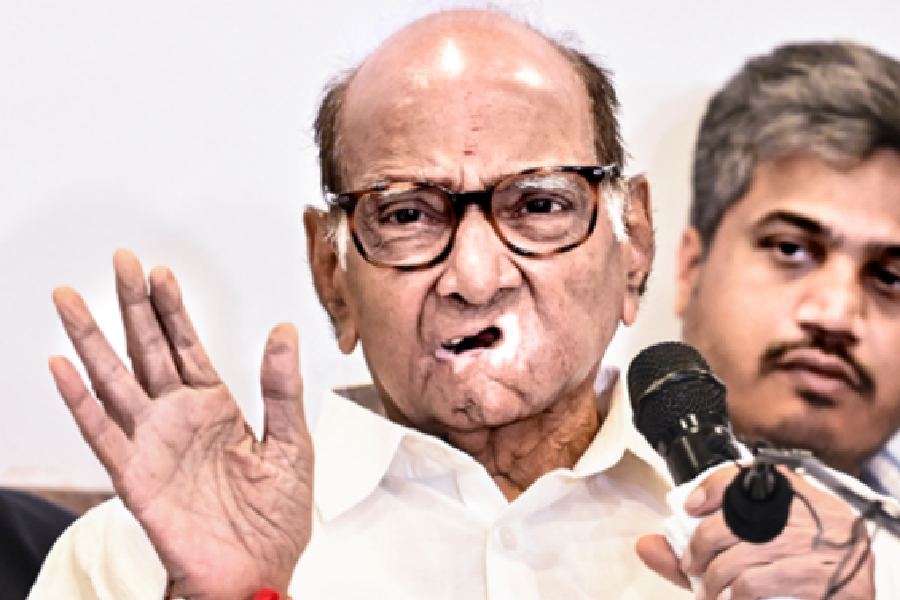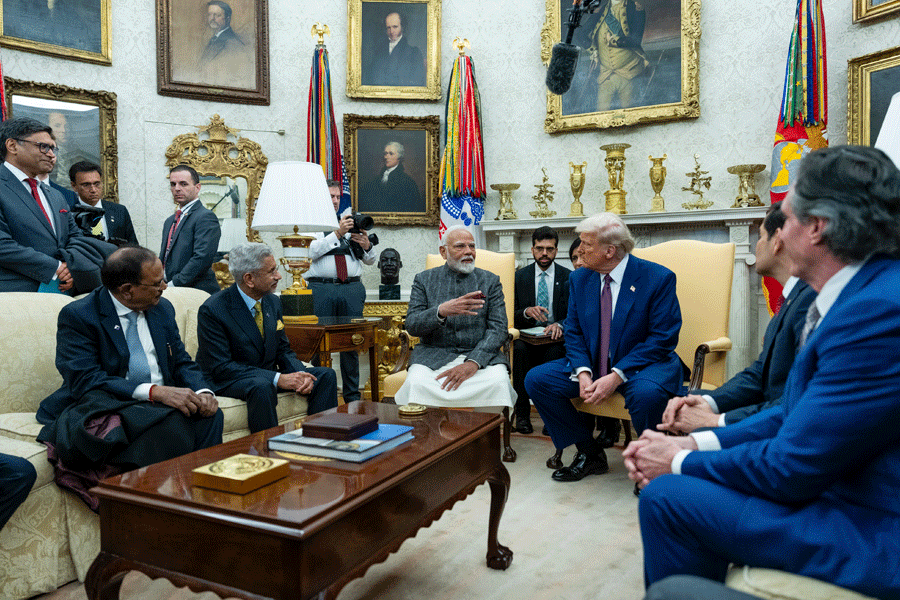India has “taken note of reports” about China beginning construction of a mega dam project on the lower reaches of the Yarlung Tsangpo River, the upper reaches of the Brahmaputra, in Tibet, the government informed Parliament on Friday.
In a written reply to a question in the Rajya Sabha, junior minister for external affairs Kirti Vardhan Singh said the project was first made public in 1986 and preparations have been underway since then.
“The Government of India has taken note of reports about the commencement of construction of the mega dam project by China on the lower reaches of the Yarlung Tsangpo (upper reaches of the Brahmaputra) River in Tibet. This project was first made public as far back as 1986 and since then, preparations have been underway in China,” Singh stated.
The government, he said, “carefully monitors all developments relating to the Brahmaputra river, including plans by China to develop hydropower projects, and takes necessary measures to protect our interests, including preventive and corrective measures to safeguard life and livelihood of Indian citizens residing in downstream areas.”
Various issues concerning trans-border rivers are discussed with China under an institutionalised expert level mechanism established in 2006 and through diplomatic channels.
“As a lower riparian state with considerable established user rights to the waters of the trans-border rivers, Government has consistently conveyed its views and concerns to the Chinese authorities, including on the need for transparency and consultation with downstream countries and has urged them to ensure that the interests of downstream states are not harmed by any activities in upstream areas,” Singh said.
He also emphasised that “the need for cooperation on trans-border rivers, including resumption of provision of hydrological data by the Chinese side has been highlighted by the Government in several bilateral interactions with China including during the recent visit of EAM to China from 14-16 July 2025 for the SCO foreign ministers' meeting.”
The external affairs ministry said it was “carefully monitoring” the project, given its potential impact on India’s interests and the livelihoods of communities downstream.
China has defended its decision.
On Wednesday, Chinese foreign ministry spokesperson Guo Jiakun said that the dam “will not have any negative impact on the downstream regions,” responding to concerns from India and Bangladesh.
The project, which will reportedly be the largest hydropower development in the world, is coming up at Nyingchi City, near the Line of Actual Control in the Arunachal Pradesh sector.
Chinese Premier Li Qiang announced the dam’s commencement on July 19 at a ground-breaking ceremony at the site of Nyingchi’s Mainling hydropower station in Tibet Autonomous Region.
According to Chinese state media, the project will consist of five cascade hydropower stations, with a total investment of about 1.2 trillion yuan (USD 167.8 billion).
For Bangladesh, which relies on the Brahmaputra for 55 per cent of its irrigation needs, the project raises serious concerns.
Dhaka’s ministry of water resources had requested detailed technical information from Beijing, including an environmental impact assessment, feasibility study, climate impact assessment, and disaster impact assessment.
The Medog hydropower project gives China greater control over the Brahmaputra’s flow, a move that both India and Bangladesh fear could affect water availability, agriculture, and fisheries downstream.











